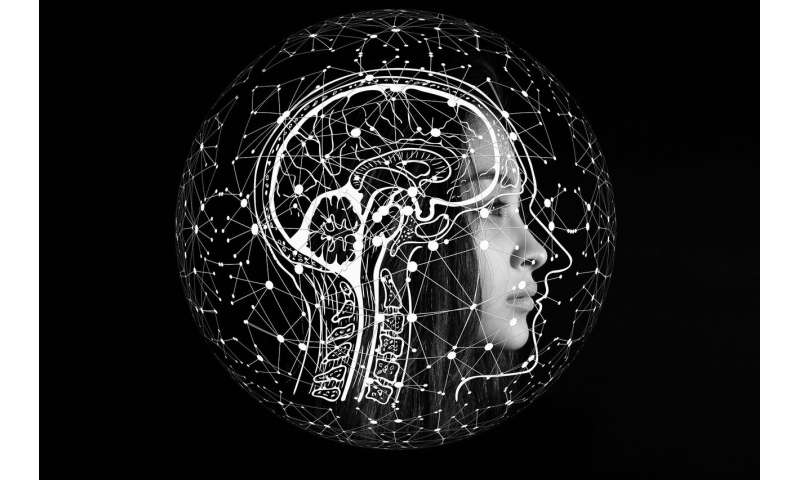
Researchers have found a link between 48 common genetic variations and the size of the brainstem and other subcortical structures deep within the brain. These structures control a wide array of functions ranging from learning and fear response to heart rate and voluntary movement. Damage to the structures is involved in the development of several diseases, including cognitive, psychiatric and movement disorders.
Three-hundred researchers from three large consortiums, together with researchers from UT Health San Antonio, reported the findings Oct. 21 in the journal Nature Genetics. The meta-analysis includes almost 40,000 individuals from more than 50 studies around the world, said research lead author Claudia Satizabal, Ph.D., of UT Health San Antonio. She is an assistant professor of population health sciences and investigator with the university’s Glenn Biggs Institute for Alzheimer’s and Neurodegenerative Diseases.
“The participants are largely normal people who were enrolled in different research studies, and a part of each study involved an MRI brain scan and a blood draw,” Dr. Satizabal said. “Each study team worked with its own data and compared genetic variants from the blood samples with volumes of the subcortical structures as derived from brain scans. Then we gathered all the results and combined them into a meta-analysis to obtain a better picture at the population level of which variants determine volume of those structures.”
Forty of the 48 genetic variations were novel—they had not been seen before, Dr. Satizabal said. The analysis also identified 199 genes related to the variants that may be implicated in determining the volume of subcortical structures. These genes regulate many functions, including brain development and susceptibility to neurological disorders.
The meta-analysis is the result of a large collaboration between the CHARGE consortium (Cohorts of Heart and Aging Research in Genomic Epidemiology), the ENIGMA consortium (Enhancing Neuro-Imaging Genetics through Meta-Analysis), and the UK Biobank, which includes studies encompassing the United States, Canada, Europe, the United Kingdom, Southeast Asia and Australia.
“This type of study is the first step in understanding the biology of disease, in this case relating to disorders that involve subcortical structures,” said Sudha Seshadri, M.D., professor of neurology at UT Health San Antonio and director of the Glenn Biggs Institute. Dr. Seshadri is a senior investigator of the CHARGE consortium and a senior author on the Nature Genetics paper. Jayindra Himali, Ph.D., who recently joined the Biggs Institute from Boston University, is also a study co-author.
The seven subcortical brain structures analyzed in the study are the accumbens, amygdala, brainstem, caudate, pallidum, putamen and thalamus. Their functions vary. For example:
- The amygdala is implicated in some psychiatric disorders and is active in anxiety and fear.
- The brainstem coordinates involuntary functions such as heart rate and alertness.
- The caudate is implicated in motor function and cognition.
- The caudate, putamen and pallidum form a brain network involved in multiple functions.
The brainstem and other subcortical structures are involved in disorders such as Huntington’s disease and in essential activities such as sleep and appetite. Many of the diseases that cause difficulties with memory and movement begin in the brainstem, Dr. Seshadri said. This includes Alzheimer’s disease and dementia with Lewy bodies. Several other diseases affect the brainstem throughout their course, such as Parkinson’s disease and progressive supranuclear palsy.
“Understanding the biology of these structures is therefore very important,” Dr. Seshadri said.
“The new information that our study provides could help design new experiments to understand or even look for treatments in diseases involving malfunction or damage of subcortical structures,” Dr. Satizabal said.
The study is primarily based on white participants, although some samples in African Americans from the U.S. and Asians from Southeast Asia were included. No Hispanic populations are represented. “Hopefully we can include more diverse samples in future studies,” Dr. Satizabal said.
Source: Read Full Article
